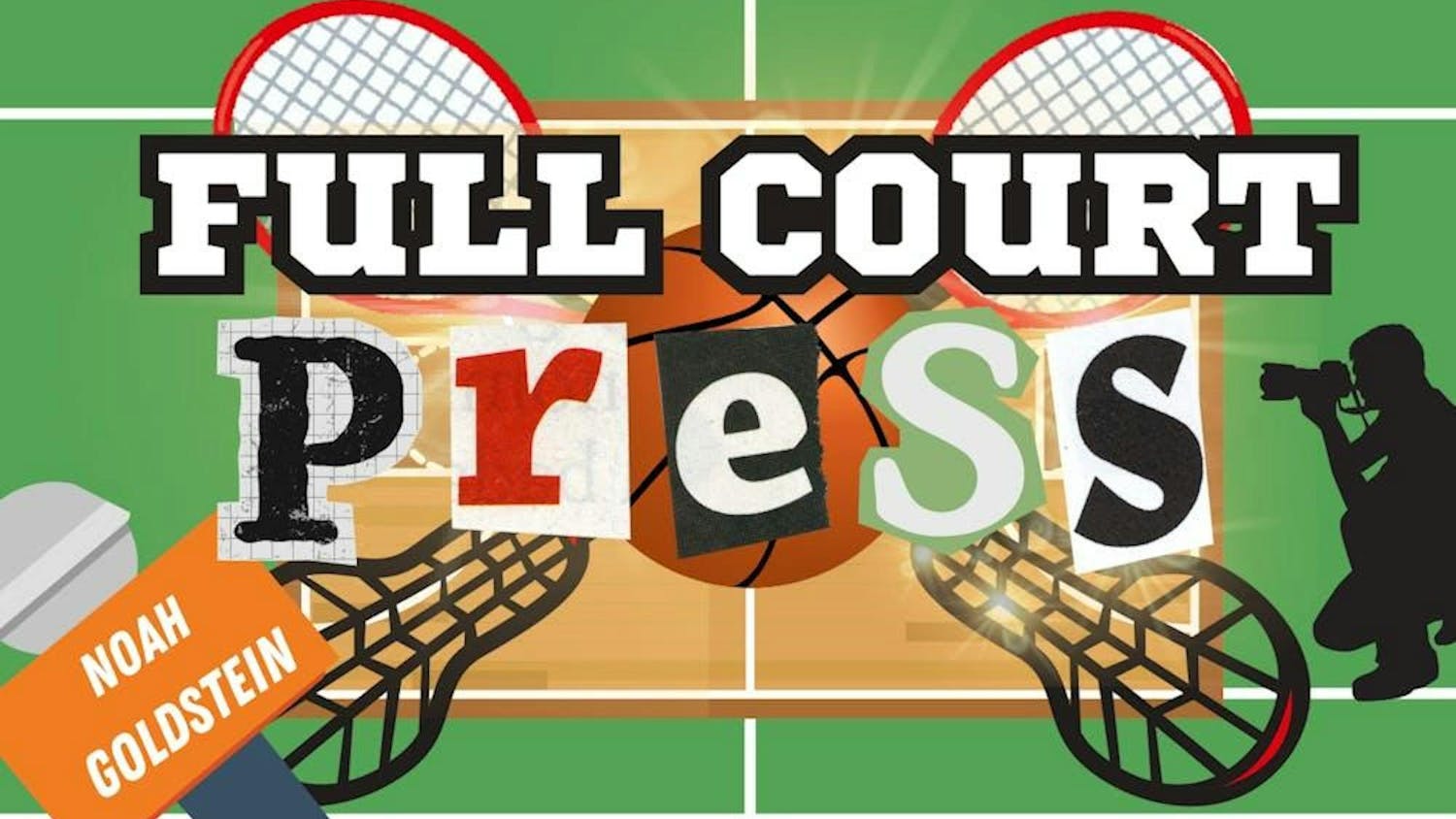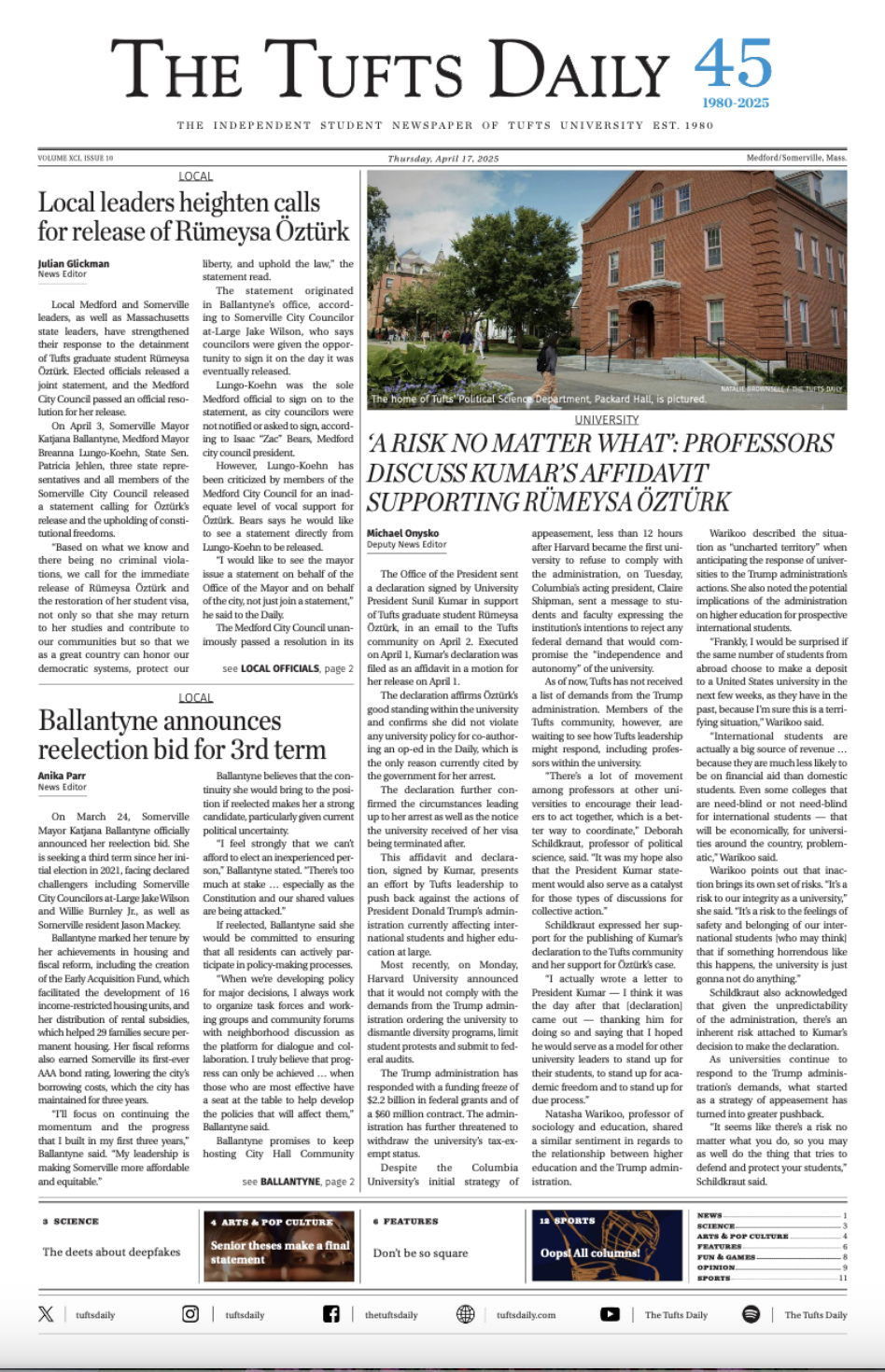I’ve had a strange fascination with death for as long as I can remember. It was never tied with an obsession with heavy metal music or a desire to dress in all black, not that those tendencies always go hand in hand. It has seemed to stem from a more scientific standpoint, and my interests expanded from the process of dying to what happens to organisms after they’re dead. As I understood more of the science behind dying, I was drawn to more and more books regarding human anatomy and those who work with our remains when our conscious selves have left them. So today, in a special edition for my readers who are fans of the macabre, here are my favorite books regarding the lives of our bodies after death.
In an attempt to make this column as chronological as I can, I’ll begin with Alex Beam’s “Gracefully Insane: Life and Death Inside America’s Premier Mental Hospital”(2003). Although not dealing directly with death, this book chronicles the lives of patients in McLean Hospital, located in none other than Belmont, MA, only a few minutes away from campus. Before becoming the psychological treatment hospital it is today, McLean was a leading institution in examining neurological diseases in its patients. Knowing how and why a patient died was crucial in forwarding the efforts of the doctors at McLean for other patients with similar afflictions. Beam’s writing is exquisite, making the incredible, and sometimes unethical, advances at McLean accessible to readers unfamiliar with psychology’s complicated history.
After the craze of advances made at mental hospitals in the early 1900's, medical doctors turned to a neater way of human investigation in the latter half of the 20th century. Mary Roach’s “Stiff: The Curious Lives of Human Cadavers” (2004) reveals the historical and modern treatment of cadavers, the title given to humans once they’re deceased.She discusses the strides made in the medical fields over thousands of years, and the stories of how institutions gained so many cadavers on which to practice. She takes a unique outsider standpoint on the world of medical students, seeing their work on human bodies as both terrifying and fascinating. She understands that cadavers are no longer thought of as humans, but she can’t help but seeing the two sides to every body.
A practice common hundreds of years ago and regaining popularity today is cremation. In her book, “Smoke Gets in Your Eyes & Other Lessons from the Crematory,” (2014) Caitlin Doughty archives her time as a cremation assistant at a San Francisco crematorium. She discusses her role in the business of death, including scraping ashes out of the cremation machine and having late night conversations with the bodies she was to burn the next day. Doughty also examines her opinions toward cremation versus burial, and she explains her conflicted feelings between society telling us cremation is our future and her belief that she will not be cremated herself when she dies. Her recounting of her experiences of burning a body until it’s nothing but ashprovides readers with an insight to a practice that few ever witness.
Depending on the era and culture, death can be a thought-provoking but tricky subject. People are raised in societies where certain practices and expectations exist surrounding the dead, but these books give a little more insight into the histories of practices outside of what many communities see as normal. As something we can’t experience directly and retell to others, exposure to death is one of the most unique occurrences we have in our animated lives.
More from The Tufts Daily
Full Court Press: MLB is striking out on DEI
By
Noah Goldstein
| April 18
A Jumbo’s Journey: A reminder
By
Ben Rachel
| April 18





